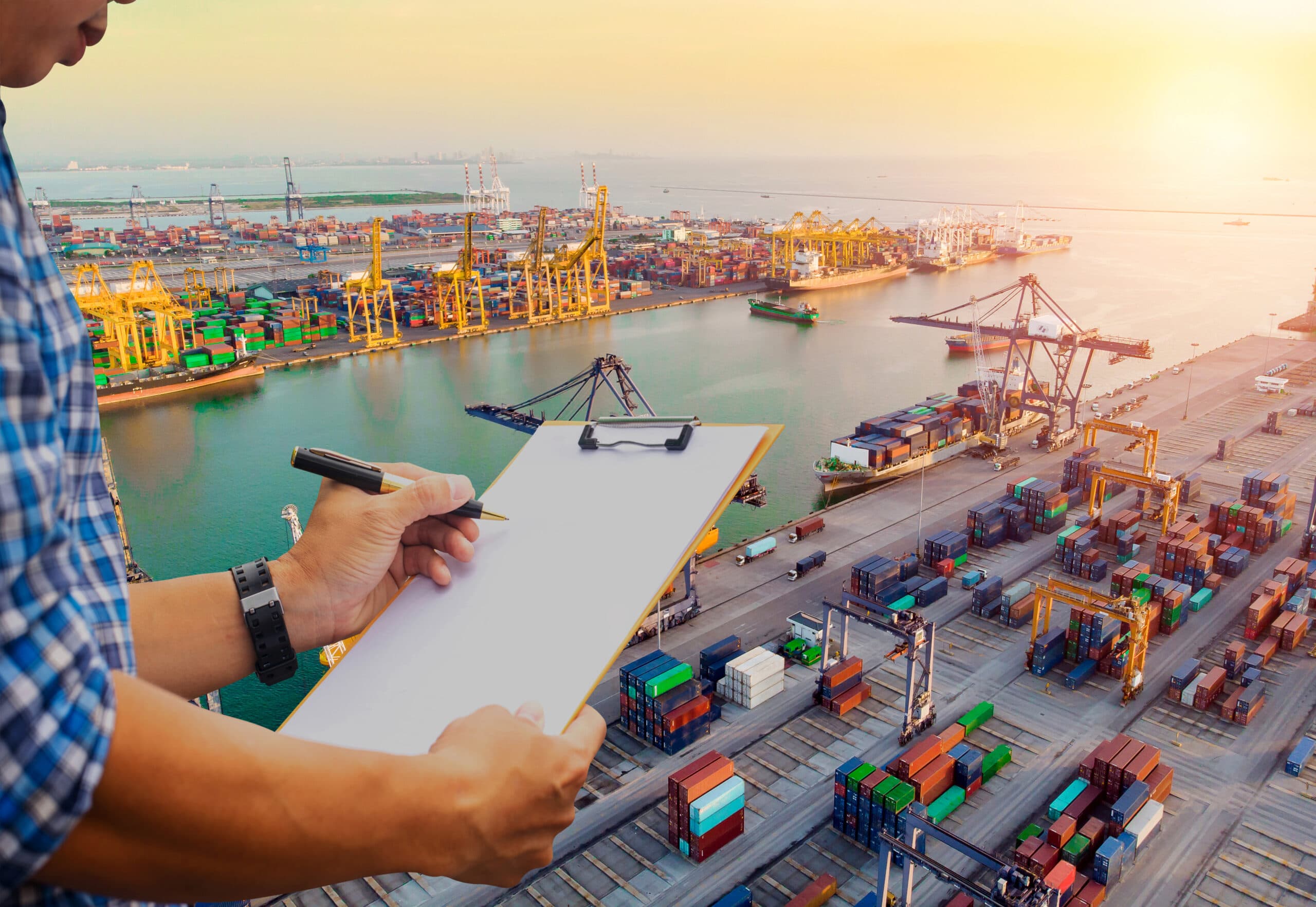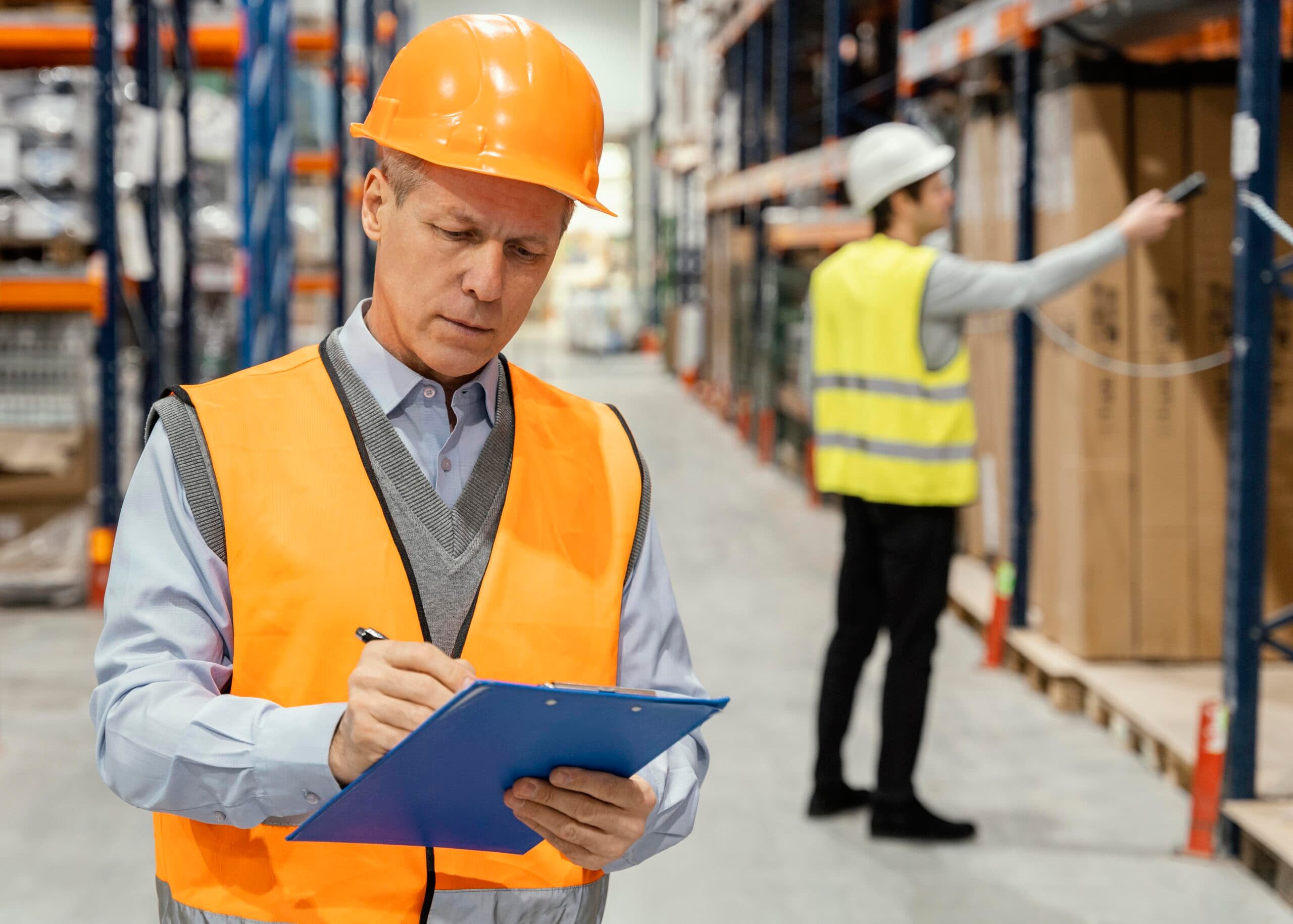Customs Clearance at London Gateway: A Complete Guide for Importers and Exporters

In today’s global economy, the smooth movement of goods across borders is vital for any successful trade operation. London Gateway, the UK’s most advanced deep-sea port, has quickly become a key hub for international commerce. As such, customs clearance London Gateway is a critical step in the supply chain that businesses must understand and manage efficiently.
This comprehensive guide explores everything you need to know about customs clearance at London Gateway—from its importance and process to compliance, challenges, and best practices.
Understanding London Gateway Port
Operated by DP World, London Gateway is strategically located on the north bank of the River Thames, just 25 miles from central London. As a deep-water port, it offers state-of-the-art infrastructure, automation, and direct connections to road and rail networks. The port handles a substantial volume of the UK’s containerised trade, making it a crucial node in the country’s import and export network.
With its modern logistics park and integration with supply chain systems, London Gateway is designed to reduce turnaround times and increase operational efficiency. However, to fully benefit from these advantages, businesses must ensure they are compliant with UK customs regulations.
What is Customs Clearance?
Customs clearance is the formal process of declaring goods entering or leaving a country, ensuring compliance with local laws and regulations. It involves preparing and submitting documents required to facilitate the movement of goods through customs authorities.
In the UK, this process is managed by HM Revenue & Customs (HMRC), and failure to comply can lead to significant delays, penalties, or even confiscation of goods.
The customs clearance process typically includes:
- Classifying goods using tariff codes
- Declaring the value of goods
- Paying applicable duties and taxes (e.g., VAT, excise)
- Providing certificates of origin or conformity
- Submitting import/export declarations
Why Customs Clearance at London Gateway is Important
- Efficient Trade Flow: Timely customs clearance ensures goods move quickly from port to warehouse or customer, reducing lead times.
- Compliance and Risk Management: Proper documentation minimizes the risk of customs audits, fines, or goods being held at the port.
- Cost Control: Avoiding delays helps save on demurrage charges, storage fees, and administrative costs.
- Reputation Management: Ensuring a reliable supply chain helps maintain customer trust and satisfaction.
Customs Clearance Process at London Gateway
Here is a step-by-step breakdown of how the customs clearance process works at London Gateway:
1. Pre-Arrival Preparation
Before your goods arrive at the port:
- Obtain the correct commodity codes for your products.
- Arrange for a customs broker or freight forwarder, unless you have in-house expertise.
- Ensure the commercial invoice, packing list, and Bill of Lading are accurate.
- Register for a GB EORI number (Economic Operators Registration and Identification), a must for UK imports or exports.
2. Submission of Declarations
Once the goods are en route:
- An import or export declaration must be submitted via HMRC’s Customs Declaration Service (CDS).
- Any required licenses (e.g., for food, chemicals, or controlled goods) must be attached.
- Details such as consignee, value, weight, and origin are crucial.
3. Customs Inspection (if selected)
HMRC may randomly select consignments for inspection. In such cases:
- Goods are held in temporary storage at the port.
- Additional documentation or product testing may be required.
- Once cleared, the shipment is released.
4. Duty and Tax Payments
You must pay any customs duties, VAT, or excise taxes based on the goods’ classification and value. Businesses registered for VAT in the UK can often reclaim VAT paid on imports.
5. Release and Delivery
After payment and clearance:
- Goods are released from customs and can be moved to their final destination.
- You can opt for inland delivery via road, rail, or combined transport.
- Timely tracking and communication with your logistics partner ensure smooth final delivery.
Documents Required for Customs Clearance
When clearing goods at London Gateway, the following documents are commonly required:
- Commercial Invoice – must detail the transaction, including currency, quantity, and terms.
- Packing List – describes the contents, weights, and dimensions of each package.
- Bill of Lading or Airway Bill – transport document confirming shipment.
- Import/Export Declaration – submitted electronically to HMRC.
- Certificates and Permits – required for regulated or restricted goods.
Challenges Faced During Customs Clearance
Despite London Gateway’s advanced systems, businesses may face common challenges:
- Incomplete or Incorrect Documentation: Missing data can lead to delays or rejection.
- Incorrect Classification: Wrong tariff codes result in incorrect duty rates.
- Lack of Preparedness Post-Brexit: Many businesses are still adjusting to the changes in UK-EU trade rules.
- Customs Delays: Inspections or strikes can sometimes slow down clearance.
- Changing Regulations: Staying updated with evolving rules is essential.
Role of Customs Brokers and Freight Forwarders
Most companies rely on customs clearance agents, brokers, or freight forwarders to manage the clearance process. Their responsibilities include:
- Preparing and submitting declarations
- Ensuring accurate product classification
- Calculating and paying duties and taxes
- Communicating with HMRC on your behalf
- Providing expert advice on compliance
While you can attempt to manage customs in-house, working with professionals reduces the risk of errors and delays.
Benefits of Choosing London Gateway for Customs Clearance
- Speed and Efficiency: With automated systems and direct rail connectivity, clearance is faster than many other UK ports.
- Strategic Location: Close to major consumer markets in London and the Midlands.
- Advanced Logistics Support: On-site warehousing and distribution capabilities streamline the supply chain.
- Reduced Congestion: Compared to older ports, London Gateway offers smoother traffic management and shorter wait times.
- Customs Technology: Integrated with HMRC systems, enabling real-time data submission and updates.
Best Practices for Smooth Customs Clearance at London Gateway
To make customs clearance seamless, businesses should follow these best practices:
- Stay Informed: Keep up with UK trade policies, tariffs, and customs updates.
- Work with Experts: Hire certified brokers with London Gateway experience.
- Digitise Your Processes: Use customs clearance software and digital documentation to avoid manual errors.
- Plan Ahead: Submit documents and declarations well before arrival.
- Maintain Records: Keep a clear audit trail of all customs documentation for at least six years.
Conclusion
As global trade grows more complex, ensuring efficient and compliant customs clearance London Gateway is not just a formality—it’s a strategic necessity. From reducing costs and delays to protecting your business from legal issues, understanding and mastering the customs process gives you a competitive edge.
Whether you’re a small importer or a large multinational, taking the time to streamline your customs procedures, leverage expert advice, and remain compliant with UK laws will ensure your goods move swiftly and safely through London Gateway—one of the most vital ports in the United Kingdom.
Need Help with Customs Clearance at London Gateway?
If you’re looking for reliable support for your customs requirements, partner with an experienced broker or freight forwarder who understands the intricacies of the London Gateway system. A small investment in expert help today can save time, money, and hassle in the long run.






.png&w=256&q=75)
